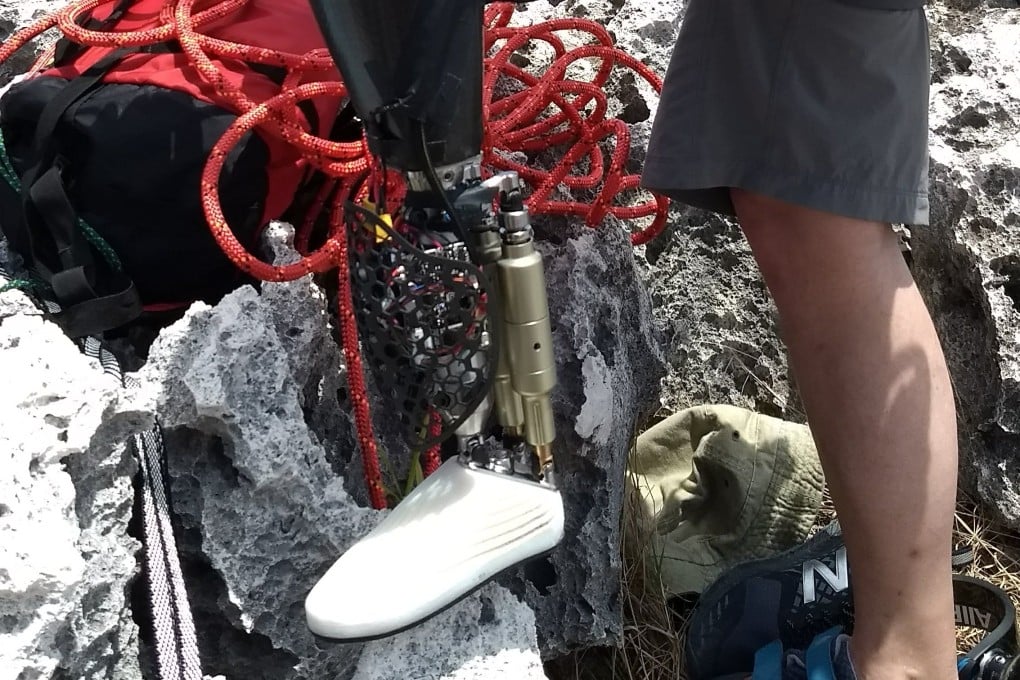How cutting-edge ‘robotic’ prosthetics developed for amputees could transform the able-bodied into augmented cyborgs
- MIT professor Hugh Herr, a double amputee, teamed up with reconstruction surgeon Matthew Carty to develop the Ewing Amputation
- Healthy people could benefit from choosing to have amputations to help them improve specific tasks, Herr says

Cyborgs entered popular culture in the 1980s – remember action hero Jean-Claude van Damme in Cyborg? New interfaces between surgery, robotic engineering, and electrobiology are helping them become reality.
A cyborg, in medical terms, is a person who has robotic parts, such as limbs, that can be controlled by the brain, and in some instances, “felt” in the same way that we feel our arms and legs.
Much of the research is still experimental. But Hugh Herr, a professor of media arts and sciences of the Centre of Extreme Bionics at the Massachusetts Institute of Technology (MIT), and Matthew Carty, a surgeon in the division of plastic and reconstructive surgery at Brigham Young University in Boston, have jointly developed a prosthetic limb that can be controlled by the brain and the body, and can feel sensations the same as an organic limb.
The technique the two developed in 2016 is known as the Ewing Amputation, and is named after their first patient, 52-year-old Jim Ewing.
Ewing had a below-the-knee amputation after falling 50 feet (15 metres) in a climbing accident and was given a prosthetic limb. Herr and Carty replaced it with their newly designed prosthetic limb. Ewing says it is almost as controllable as his organic limb was, and feels very similar.
A new film, Augmented, documents Herr’s journey – he received two prosthetic limbs when his feet were amputated after he got lost during a climbing expedition – and that of Ewing and Carty.